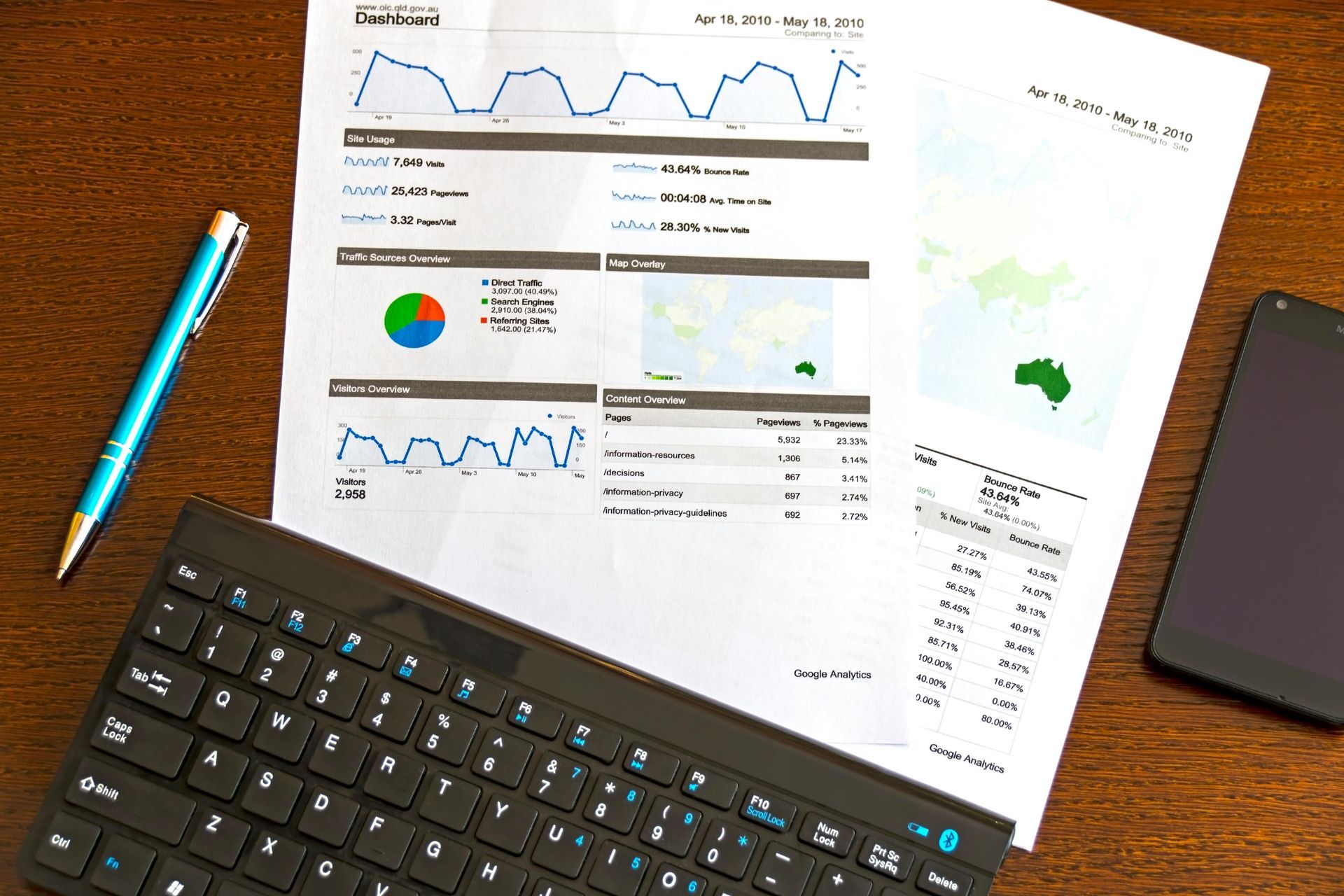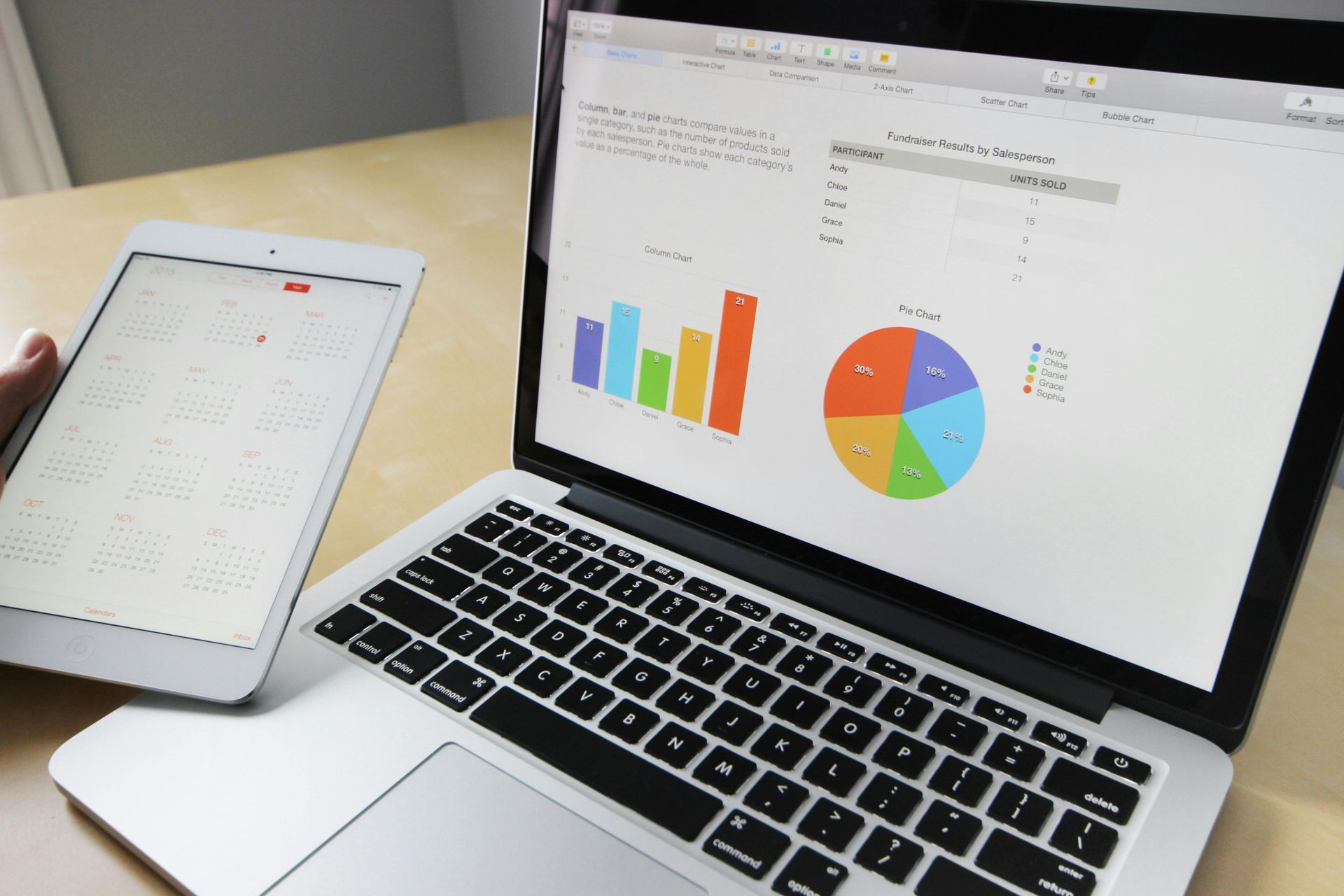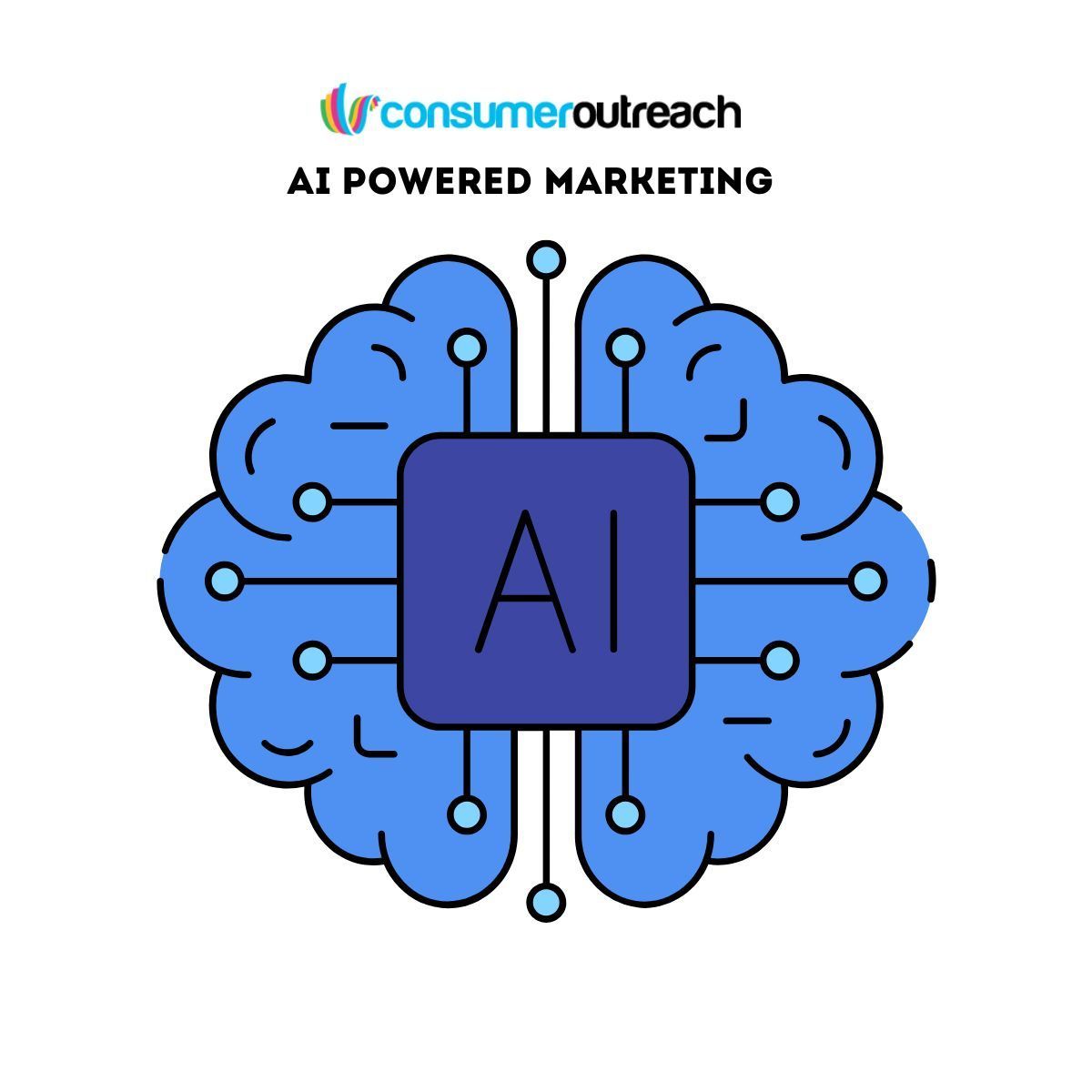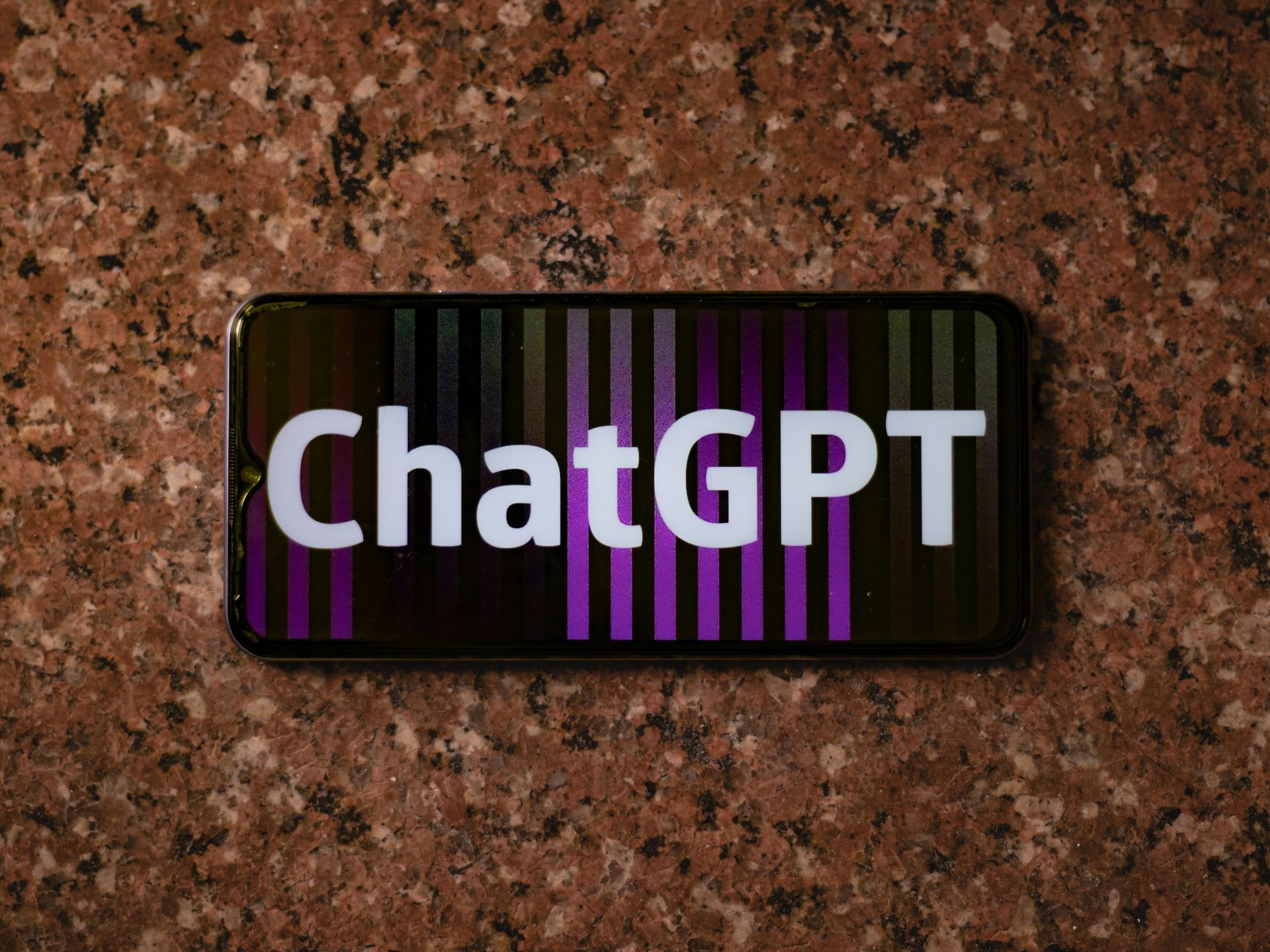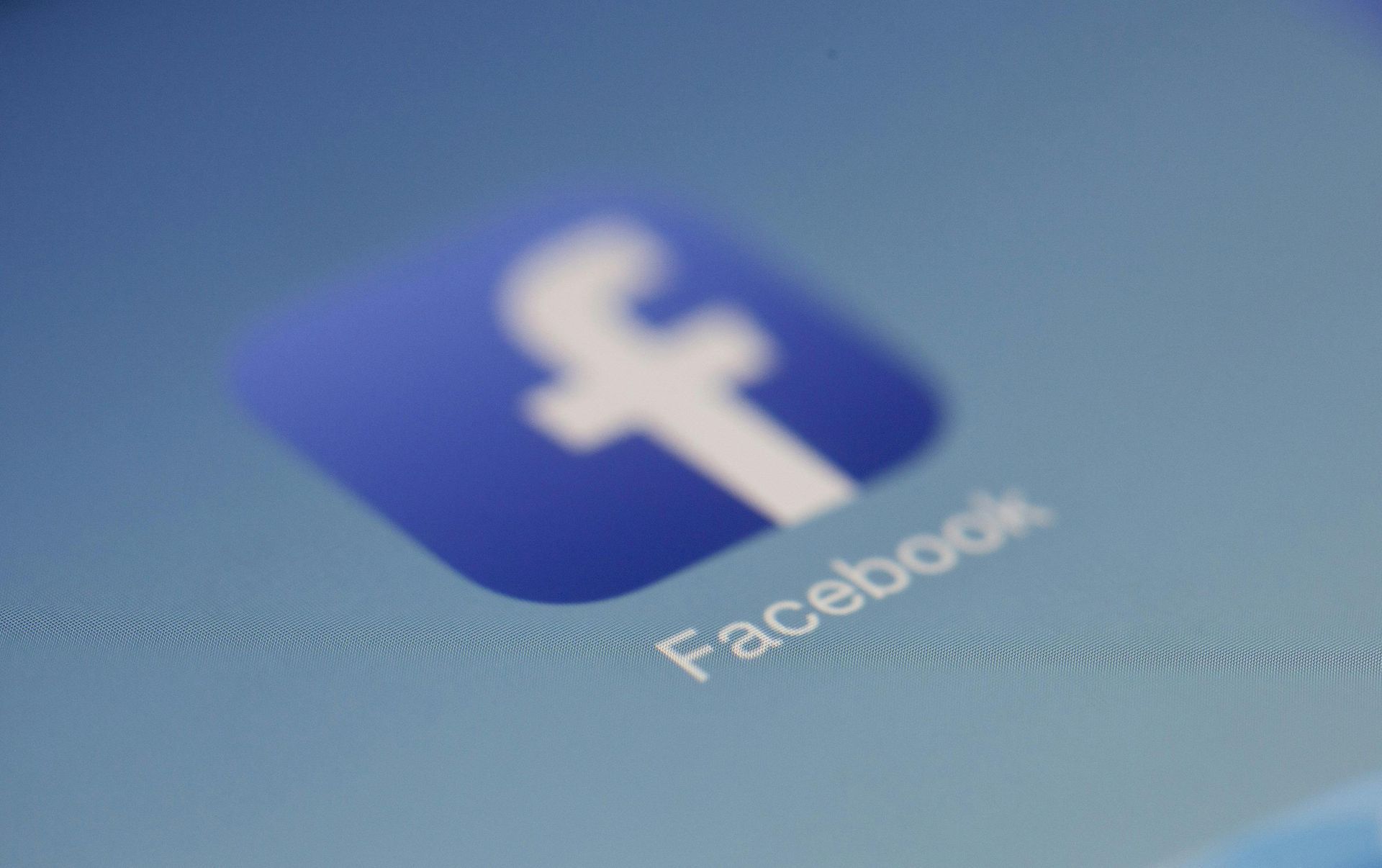Are Google Ads Still Relevant Today? Insights for 2025 Digital Marketers
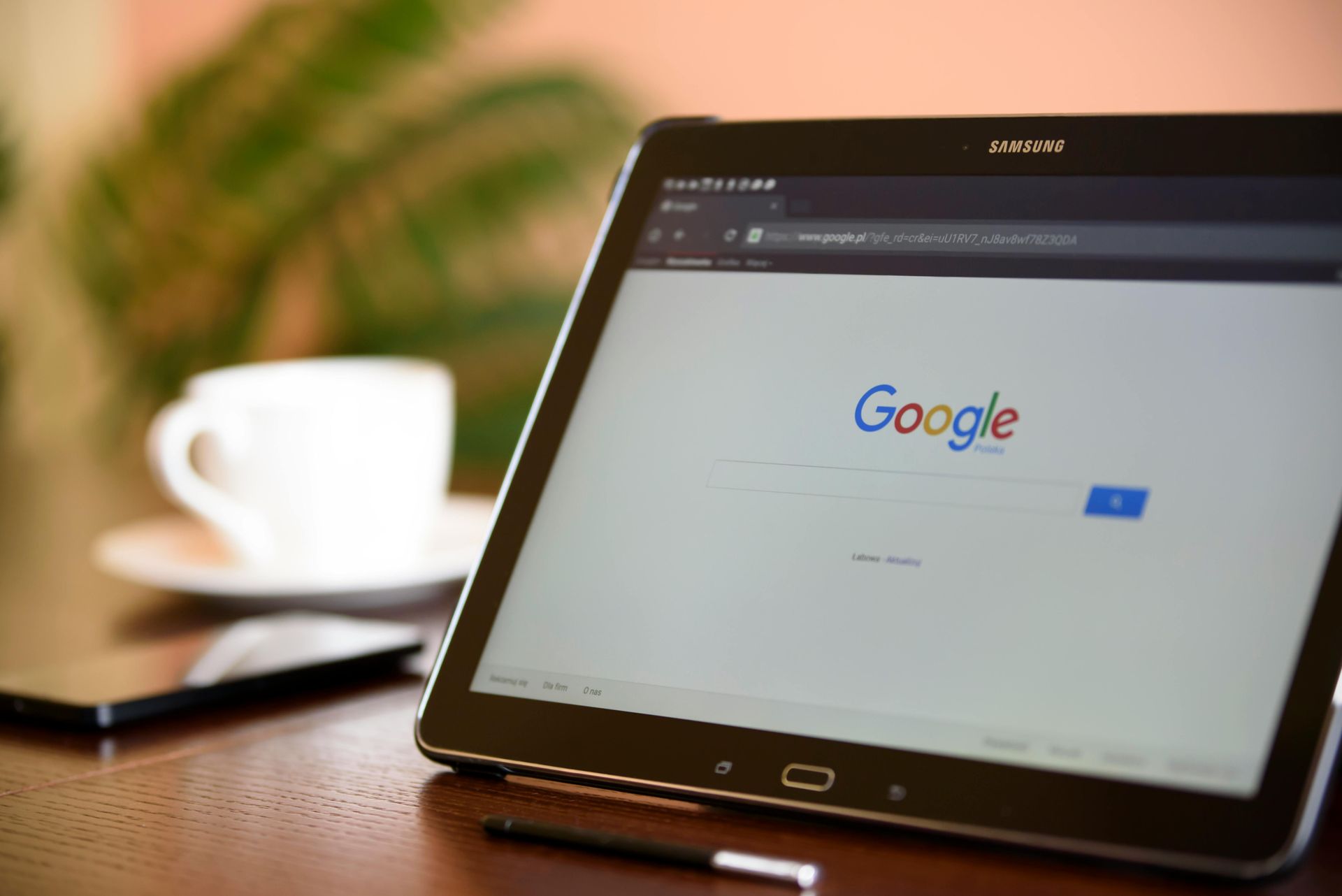
Every year, businesses wonder if Google Ads are worth the investment in a fast-changing digital world. With new trends, increasing competition, and more complex online marketing, it's easy to question if advertising on Google still works. Google Ads remain highly relevant because they connect businesses with people who are actively searching for solutions right now.
While many advertising platforms exist, Google Ads stands out for its reach, speed, and precise targeting. Current updates give advertisers better control, deeper analytics, and strong local business support, making it a practical choice in 2025. For those looking to grow quickly or boost brand awareness, using Google Ads is still an effective way to reach the right audience and track results.
Key Takeaways
- Google Ads continue to deliver value in today's online marketing environment.
- Strong targeting and real-time data make Google Ads a smart choice.
- Careful strategy helps businesses get the most out of their ad budget.
Why Google Ads Remain Relevant in 2025
In 2025, Google Ads continues to drive strong results for companies of all sizes. It has evolved with new technologies and still outperforms many other digital marketing channels in measurable ways.
Dominance of Search Intent and Audience Reach
Google processes over 8.5 billion searches each day. Unlike social media, where users are often passively scrolling, people on Google are actively looking for information, solutions, or products. This high intent means ads can show up at the exact moment a person is ready to take action.
Pay-per-click (PPC) campaigns on Google target these searches directly. Advertisers can reach consumers in almost every country, thanks to Google’s huge global market share.
Evolving Features and AI Integration
Machine learning and artificial intelligence are now central to Google Ads. AI-driven tools like Performance Max and smart bidding strategies use real-time data to optimize for conversions. Google’s conversational ad creation features let marketers build ads faster and suggest budgets, keywords, and targeting based on live data.
Enhanced integration with platforms such as GA4, Shopify, and CRMs helps marketers track every step of a customer’s journey. New ad types, such as YouTube Shorts ads, now compete with trends on social media. These changes ensure that Google Ads stays modern and highly effective for online marketing in 2025.
This makes Google Ads more adaptable and data-driven than ever before. Details on these updates can be found at Digital One Agency.
Speed of Results vs. Organic Methods
SEO and organic digital marketing remain important but can take months to show measurable growth. Google Ads drives results much faster. Businesses can launch a PPC campaign and start receiving leads or sales in days instead of weeks or months.
With pay-per-click auctions, ads instantly appear for chosen keywords. This speed is valuable for new product launches, time-sensitive promotions, or businesses needing immediate customers. In contrast, organic SEO requires ongoing content creation, link building, and patience before strong rankings are established.
A focused Google Ads strategy complements long-term SEO plans, providing both quick wins and measurable returns.
Key Advantages of Google Ads for Businesses
Google Ads gives businesses the tools to reach the right audience and control costs while measuring what works in a clear, direct way. Companies use these features to improve conversions, manage spending, and grow their online presence through data-driven digital marketing.
Precision Targeting and Local Reach
Businesses can use Google Ads to reach people who are searching for certain keywords, living in specific locations, or showing particular interests and behaviors. With local targeting, ads can appear only to customers in selected cities, zip codes, or within a set radius from a business’s address. This ensures that ads are not wasted on people outside of the service area.
In addition to geographic targeting, businesses can target users based on age, gender, interests, and device. This level of precision connects ads with high-intent searchers who are more likely to convert. For example, a restaurant could target only users searching for “pizza near me” within five miles of their address.
In addition to geographic targeting, businesses can target users based on age, gender, interests, and device. This level of precision connects ads with high-intent searchers who are more likely to convert. For example, a restaurant could target only users searching for “pizza near me” within five miles of their address.
Cost Control and Budget Flexibility
Google Ads operates on a cost-per-click (CPC) model, giving full control over daily and campaign-level budgets. This means advertisers only pay when someone actually clicks on their ad, not whenever it’s shown. Budgets can be set as low or high as needed, so even small businesses can run effective ads without risking overspending.
Advertisers can set maximum bids for each keyword or let Google’s automated bidding system manage bids based on goals, such as maximizing conversions or achieving a certain CPA (cost per acquisition). This makes it possible to pause campaigns, increase spend in peak seasons, or test new strategies without long-term contracts.
Budget flexibility lets businesses respond quickly to changes in demand. For example, businesses can boost their ads during sales events and then scale back when needed. This pay-as-you-go approach helps maintain positive ROAS and ensures marketing dollars are spent wisely, which was highlighted in recent analyses on Google Ads investment.
Performance Tracking and Analytics
One of Google Ads’ strongest features is its detailed analytics dashboard. Advertisers can access real-time performance data on impressions, clicks, conversions, and cost metrics. This transparency makes it easy to see which ads and keywords drive the best results.
Conversion tracking shows how many people took important actions like filling out a form, making a purchase, or calling the business. With tools like Google Analytics, users can also see which landing pages perform best or which audience segments generate the highest ROAS.
The platform offers automated reports and testing tools such as A/B experiments, so businesses can improve ads and landing pages based on hard data rather than guesswork. Tracking key metrics such as cost-per-click (CPC) and conversion rates allows advertisers to adjust strategies to meet specific marketing goals. Full analytics access lets businesses refine their digital marketing efforts and strengthen their overall presence online.
Optimizing Google Ads Impact in the Modern Marketing Mix
Boosting the value of Google Ads today means connecting them with other channels, using new ad formats, and staying compliant with evolving privacy rules. Applying these measures helps brands drive better results, attract the right audiences, and achieve more control over campaigns.
Integrating Google Ads With SEO and Content Marketing
When Google Ads work alongside SEO and content marketing, results improve on both fronts. Using search ads to test keyword performance lets teams identify high-converting terms, which can then guide organic content topics.
Brands often use insights from Performance Max campaigns and predictive analytics to update their blog content and landing pages. They match paid ad messaging to top-performing SEO pages, keeping the customer journey smooth.
Key Tactics:
- Identify important keywords via Search Term Reports.
- Update landing page copy to match ad messaging.
- Use Quality Score data to refine headlines and descriptions.
Retargeting past website visitors with ads based on blog topics or recent site activity also boosts engagement. Combining Google Ads data with organic analytics ensures both paid and non-paid channels support each other for greater reach and efficiency. Find more strategies in this case study on the modern marketing mix.
Leveraging Video Ads and New Formats
Video ads are a key part of the digital marketing landscape. Platforms such as YouTube Shorts, traditional YouTube pre-rolls, and even Instagram Reels make reaching different audiences easier.
Performance Max campaigns now include video placements, so businesses can show ads across Search, Display, and YouTube without running separate campaigns. Using A/B testing for video ads helps teams discover which creative formats drive the highest engagement.
Video extensions within Search ads can offer a quick product demo or customer testimonial, raising click-through rates. Shoppable and interactive video ads help users shop directly from the ad experience. Advertisers should test new formats on a small scale before rolling out more broadly. Detailed tips can be found in these best practices for campaign optimization in 2025.
Adapting to Privacy Regulations and Data Shifts
Privacy regulations are changing how marketers track and use audience data. Google is moving away from third-party cookies, so using first-party data gathered from CRM tools or loyalty programs is now essential.
Marketers need to update negative keyword lists and audience targeting regularly to avoid wasting spend due to changes in tracking accuracy. Leveraging tools like Google Analytics 4 gives better insight through event-based measurement, allowing smarter attribution and retargeting.
Using Customer Match in Google Ads helps keep campaigns relevant while staying within privacy rules. Brands are encouraged to focus on transparency, clear opt-in processes, and regular audits to make sure they’re meeting privacy standards. Learn more about these changes at Google's official announcement on privacy and customization.
